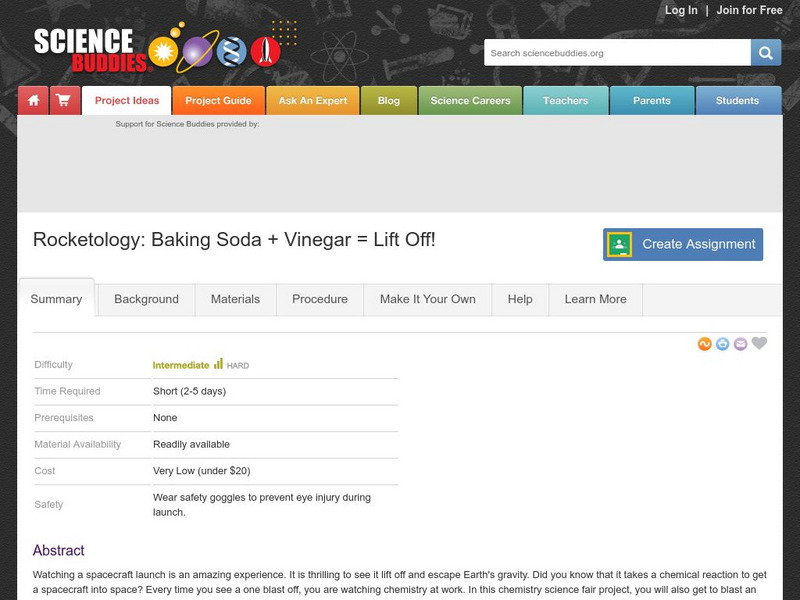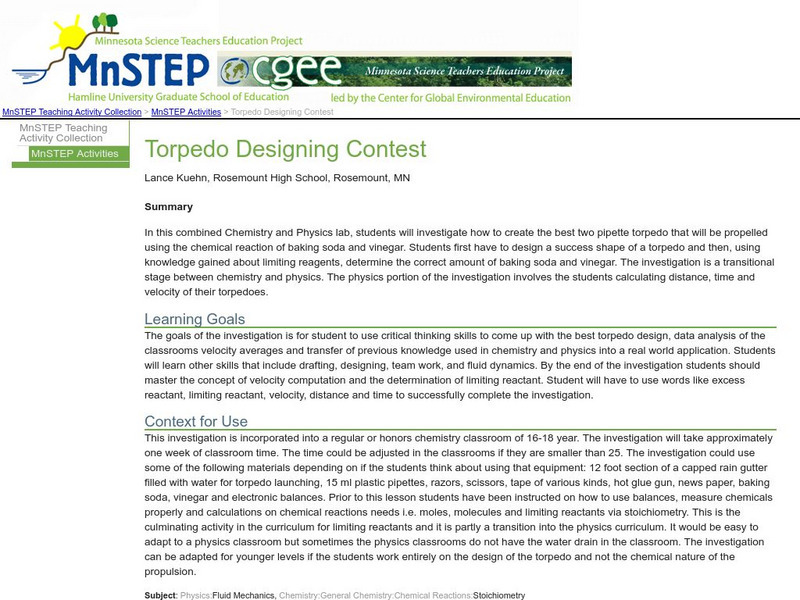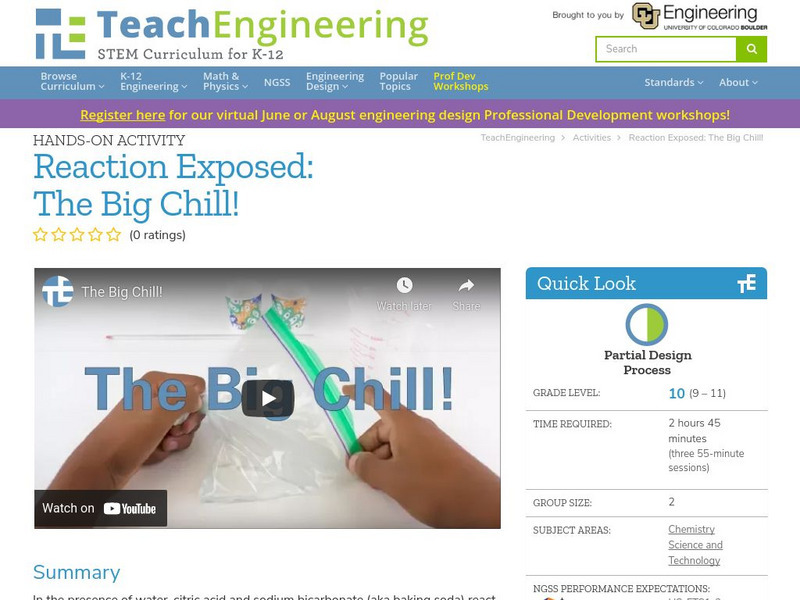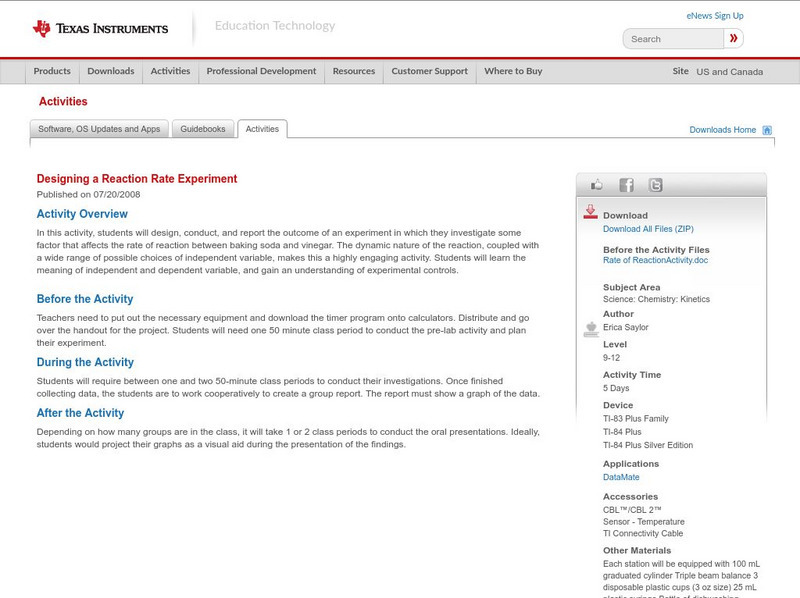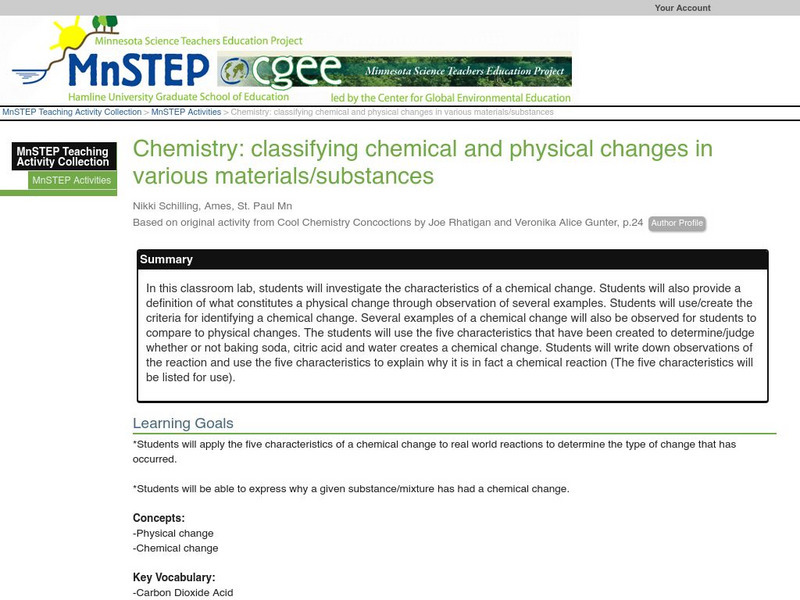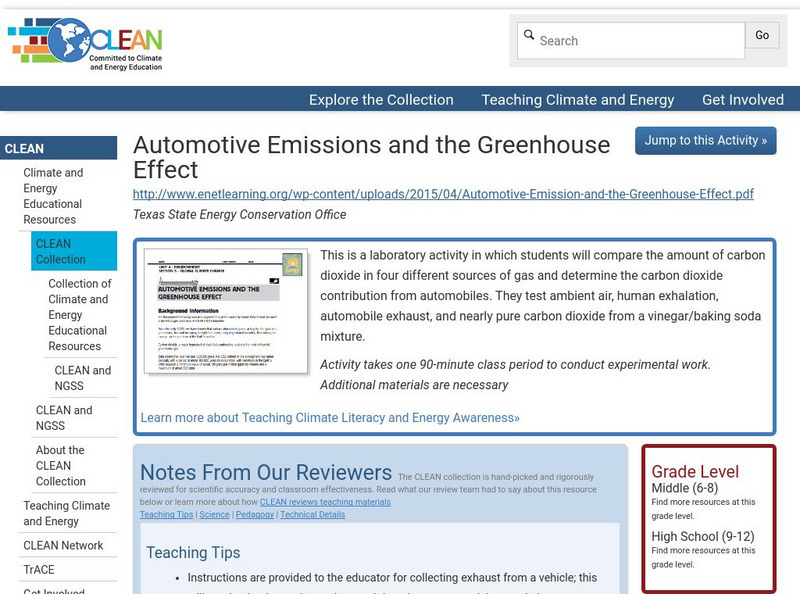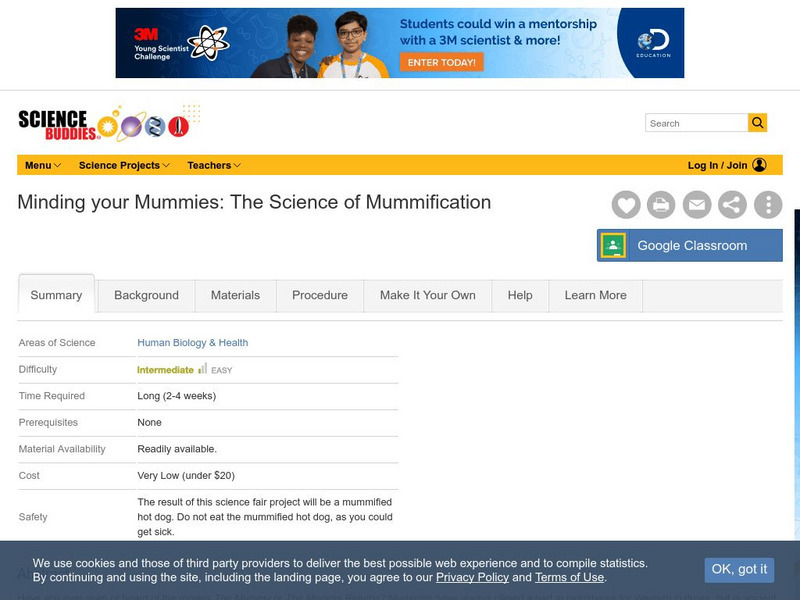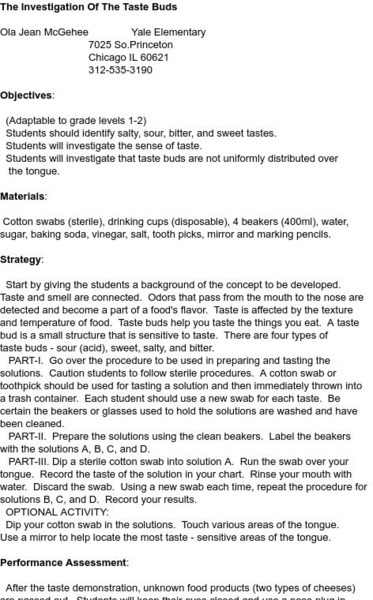Science Buddies
Science Buddies: Project Ideas: Rocketology: Baking Soda and Vinegar
The objective of this science fair project is to determine the correct ratio of baking soda to vinegar that will result in the highest launch of a plastic film canister. The Science Buddies project ideas are set up consistently beginning...
Science Buddies
Science Buddies: Can Baking Soda Substitute for Baking Powder in a Recipe?
There's nothing quite like the smell of fresh-baked muffins for breakfast on a Saturday morning. If you're into baking, you might want to try this insightful project that lets you witness the chemistry behind making muffins. You'll get...
Science Struck
Science Struck: Washing Soda vs. Baking Soda: Definitive Comparison
This article explains the chemical composition of washing soda and of baking soda and how each is used.
Science Struck
Science Struck: Baking Soda: Chemical Formula, Preparation, and Uses
Baking soda has a variety of uses, including for household cleaning and for baking. Read about its chemical formula and its common reactions.
American Chemical Society
Middle School Chemistry: Controlling Amount of Products in a Chemical Reaction
Students analyze the chemical equation for the reaction between vinegar and baking soda. They observe that the gas produced in the reaction is also part of the products of the written chemical equation.
Museum of Science
Museum of Science and Industry: Online Science: Create Gas
Follow these simple, step-by-step instructions to create and observe the results of the chemical reaction between vinegar and baking soda.
Science Education Resource Center at Carleton College
Serc: Torpedo Designing Contest
In this combined Chemistry and Physics lab, students investigate how to create pipette torpedoes that will be propelled using the chemical reaction of baking soda and vinegar.
Other
Science Alive: Chemical Reactions and How You Know When You've Made Something
For this activity, students carry out a chemical reaction in which two reactants (baking soda and hydrochloric acid) produce three products (sodium chloride, carbon dioxide gas, and water) and determine that the solid product (sodium...
PBS
Pbs Teachers: Soda Bottle Boat Experiment
Use the chemical reaction that occurs when mixing a base (baking soda) with an acid (vinegar) to turn a plastic soda bottle into a jet boat.
Science Bob Pflugfelder
Science Bob: The Exploding Lunch Bag
This site contains a simple procedure for observing an acid-base neutralization reaction (baking soda and vinegar), in which the product, carbon dioxide, causes a zipped bag to explode.
PBS
Pbs Learning Media: Acids and Bases: Making a Film Canister Rocket
ZOOM cast members mix different amounts of baking soda and vinegar to see which combination produces the most carbon dioxide for launching a film-canister rocket. [3:23]
TeachEngineering
Teach Engineering: Reaction Exposed: The Big Chill!
Students investigate the endothermic reaction involving citric acid, sodium bicarbonate and water to produce carbon dioxide, water and sodium citrate. In the presence of water [H2O]; citric acid [C6H8O7] and sodium bicarbonate [NaHCO3]...
TeachEngineering
Teach Engineering: Digestion Simulation
To reinforce students' understanding of the human digestion process, the functions of several stomach and small intestine fluids are analyzed, and the concept of simulation is introduced through a short, introductory demonstration of how...
American Chemical Society
Inquiry in Action: Change in Temperature: Exothermic Reaction
Students will observe an exothermic reaction in this activity where they add calcium chloride to a baking soda solution. This increase in temperature is due to the chemical change that has occurred.
Other
Frostburg State University: Organic Chemistry Help
This site is designed to be a supplement for students of organic chemistry. Its tutorials and self-grading tests are interactive and extremely helpful.
Texas Instruments
Texas Instruments: Designing a Reaction Rate Experiment
In this activity, students will design, conduct, and report the outcome of an experiment in which they investigate some factor that affects the rate of reaction between baking soda and vinegar. The dynamic nature of the reaction, coupled...
Texas Instruments
Texas Instruments: What Does a Buffer Do?
Buffers are solutions that resist a change in pH. In this activity, students will add HCl dropwise to a measured amount of water, monitoring the pH. Students then repeat the process, using a simple buffer prepared by combining baking...
Science Education Resource Center at Carleton College
Serc: Classifying Chemical and Physical Changes in Various Materials/substances
In this classroom lab, students will investigate the characteristics of a chemical change. Students will also provide a definition of what constitutes a physical change through observation of several examples. Students will use/create...
Climate Literacy
Clean: Automotive Emissions and the Greenhouse Effect
This is a laboratory activity in which students will compare the amount of carbon dioxide in four different sources of gas and determine the carbon dioxide contribution from automobiles. They test ambient air, human exhalation,...
Maryland Science Center
Maryland Science Center: Baggie Blast [Pdf]
See what happens when you mix vinegar, water, and baking soda.
Science Buddies
Science Buddies: Minding Your Mummies: The Science of Mummification
Mummies have always played a part in nightmares for Western cultures, but in ancient Egypt, mummification was a serious religious ritual. They believed that preserving human remains was necessary so that the previous owner could enjoy...
Maryland Science Center
Maryland Science Center: Bubbling Cauldron Dough [Pdf]
Create a dough using simple ingredients and make it bubble like a brew in a cauldron by causing an acid-base reaction.
PBS
Pbs Teachers: Submarine Race Experiment
Balance the force of gravity with the force of the expanding gasses created by mixing baking soda and vinegar. Create a soda bottle submarine that sinks to the bottom of the bathtub and then rises back to the surface.
Science and Mathematics Initiative for Learning Enhancement (SMILE)
Smile: The Investigation of the Taste Buds
This lesson plan allows students to taste sugar, baking soda, vinegar, and salt, which are then categorized as salty, sour, bitter, and sweet.
Other popular searches
- Baking Soda and Balloons
- Baking Soda and Vinegar
- Baking Soda Volcano
- Baking Soda in Flour
- Baking Soda Vinegar
- Vinegar & Baking Soda
- Baking Soda Reaction
- Baking Soda Vinegar Lab
- Baking Soda vs Toothpaste
- 5th Baking Soda Vinegar
- Volcano + Baking Soda
- Gas Baking Soda Vinegar
